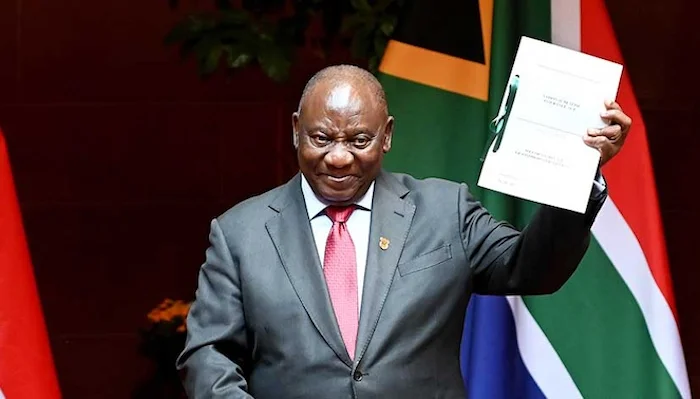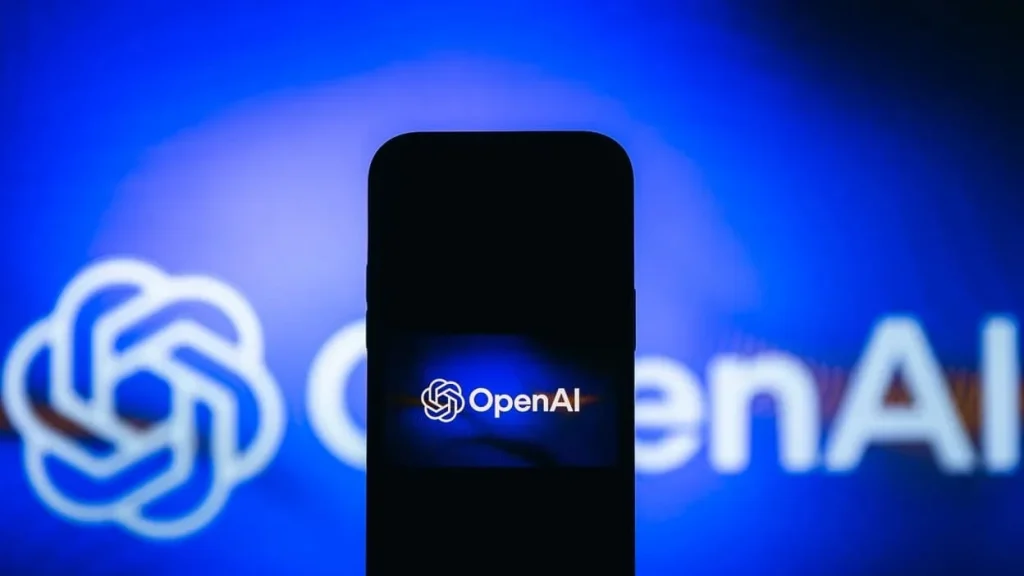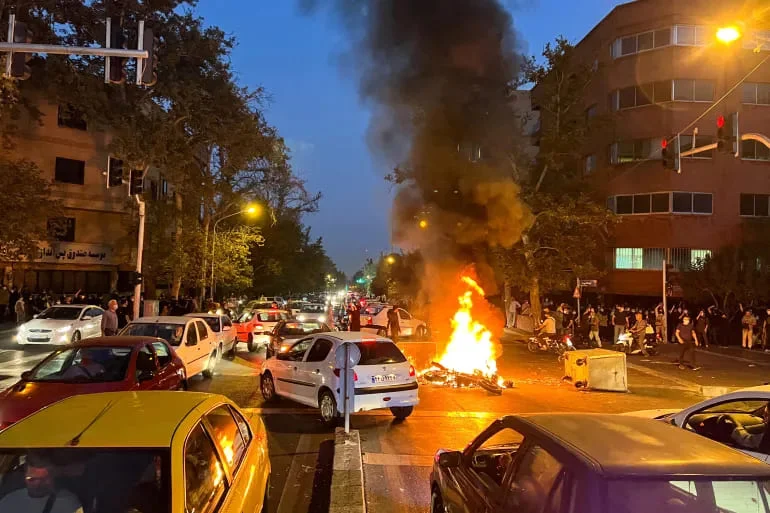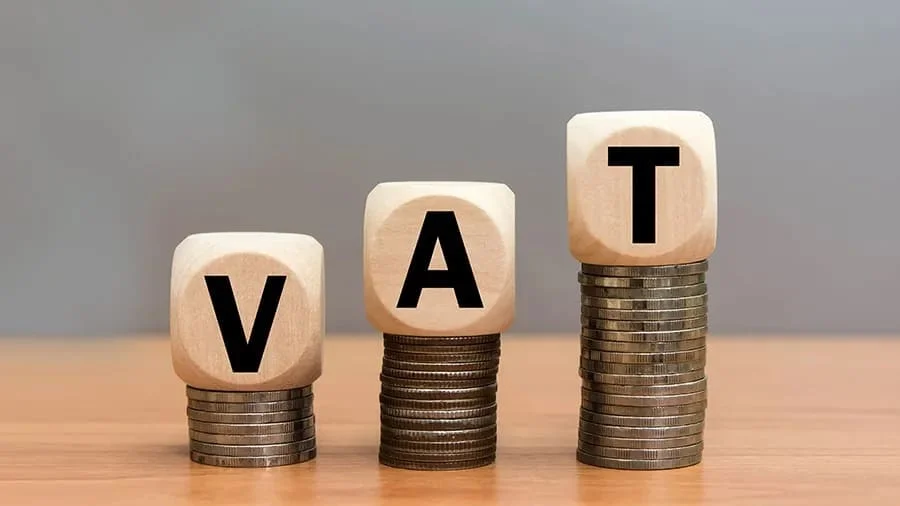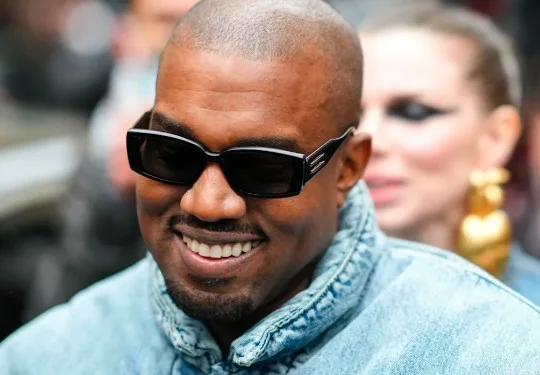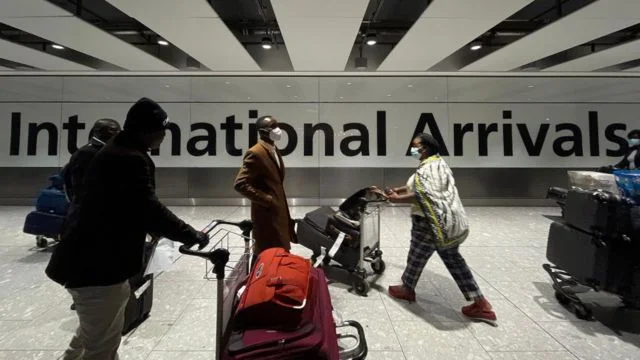South Africa’s National Treasury announced on Monday, June 23, 2025, that the World Bank has granted a $1.5 billion loan.
This loan is to upgrade transportation infrastructure and accelerate the country’s transition to a low-carbon economy.
The funding targets critical bottlenecks in rail, ports, and energy systems that have stifled growth in Africa’s most developed economy for over a decade.
Decaying rail networks, congested ports, and frequent power outages have hampered key industries like mining and automotive manufacturing.
Which has also contributed to the sluggish economic growth and a 33.5% unemployment rate in 2024.
President Cyril Ramaphosa’s coalition government has pledged to combat corruption, address decades of mismanagement, and implement reforms to revive the economy and reduce unemployment, one of the highest globally.
A Catalyst for Growth
The World Bank loan, with favorable terms including a three-year grace period, will ease South Africa’s rising debt-service costs, projected to stabilize at 77.4% of GDP in 2025/26.
The Treasury emphasized that the funds will boost freight transport and energy infrastructure, fostering inclusive growth and job creation.
“This agreement strengthens our partnership with the World Bank, marking a significant step toward tackling low growth and high unemployment,” the Treasury stated.
South Africa’s 2025-26 budget allocates over R1 trillion ($55 billion) over three years for transportation, energy, water, and sanitation infrastructure to improve access to basic services.
However, Finance Minister Enoch Godongwana downgraded 2025 GDP growth to 1.4% from 1.9%, citing a worsening global outlook, persistent logistics challenges, and higher borrowing costs.
Navigating Funding Cuts
The loan arrives amid a $436 million shortfall in HIV/AIDS funding following the Trump administration’s dismantling of USAID in 2025.
The cuts jeopardize treatment programs for one of the world’s largest HIV-positive populations and threaten thousands of healthcare jobs.
Godongwana acknowledged that South Africa lacks the resources to cover this gap, raising alarms about the impact on public health.
Despite these challenges, the World Bank’s support signals confidence in Ramaphosa’s reform agenda.
The loan’s focus on sustainable infrastructure aligns with South Africa’s goal of balancing economic recovery with environmental goals, though the path forward remains fraught with obstacles.
The Path Forward
As South Africa grapples with economic and social crises, the World Bank loan offers a lifeline.
Can the country leverage this funding to overcome infrastructure deficits and health challenges, or will global and domestic pressures derail progress?
The nation stands at a pivotal moment.

